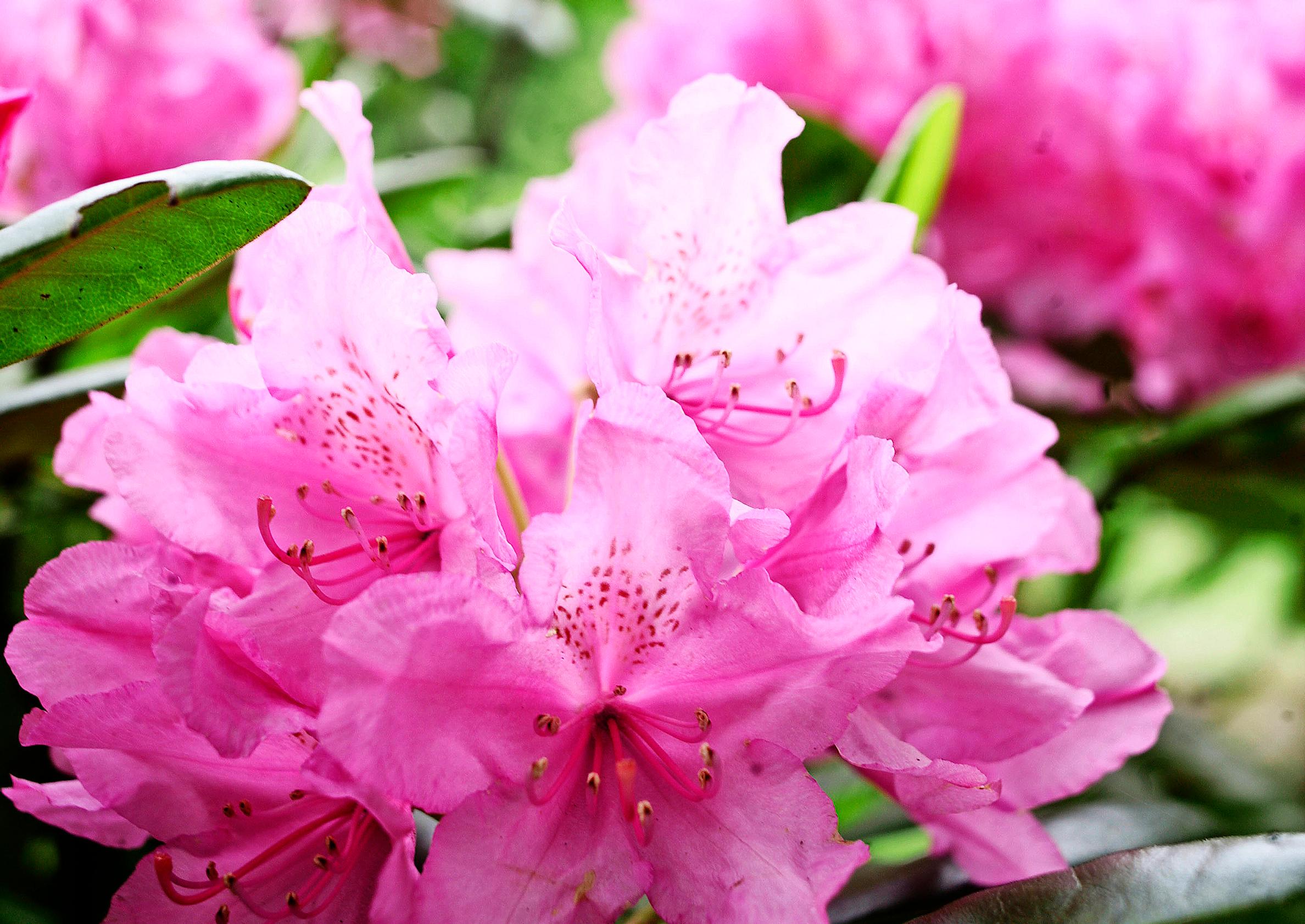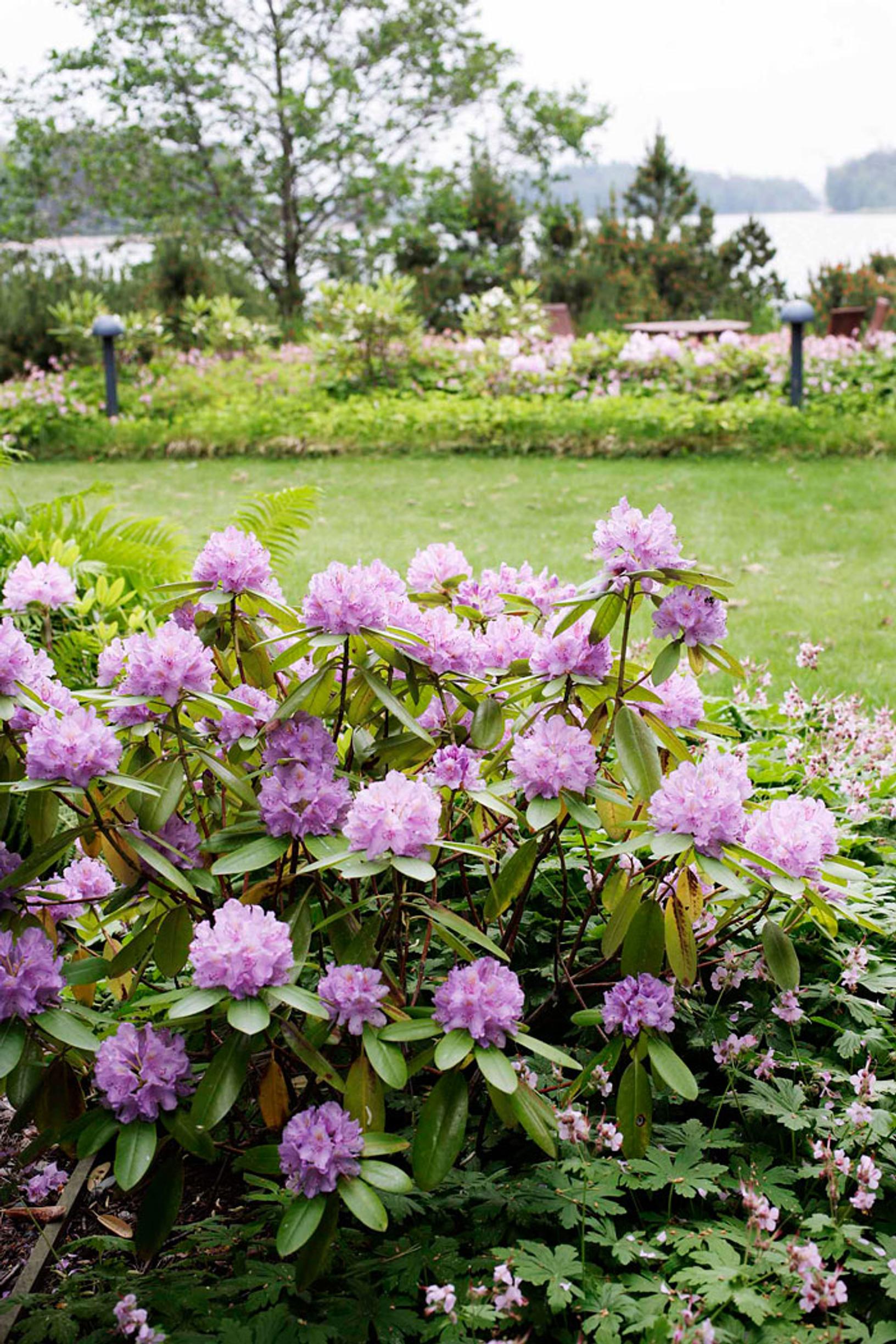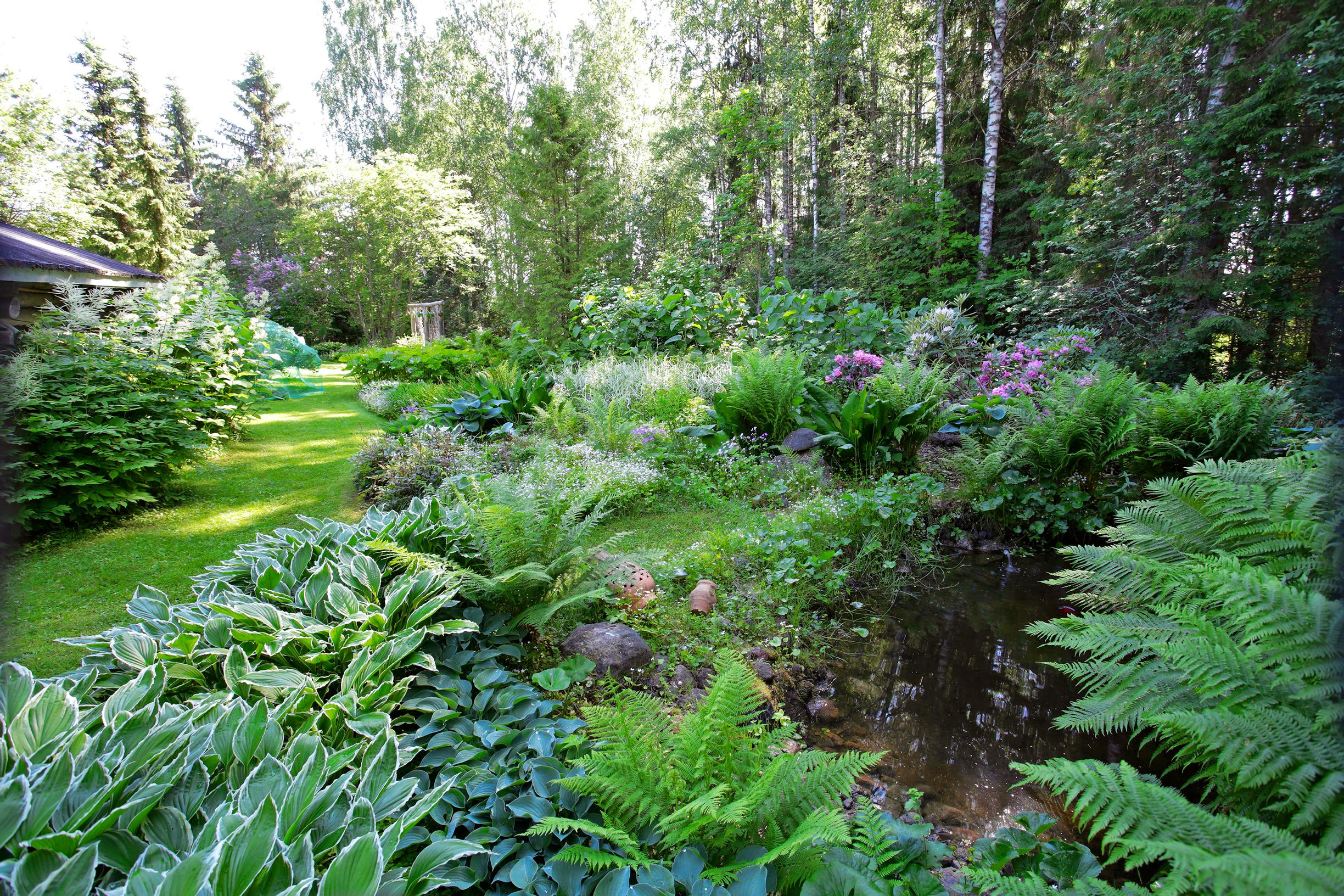
Rhododendron care: how to plant and grow rhododendrons successfully
It’s best to plant a rhododendron in a partially shaded spot with airy and lime-free soil. Cover the ground with mulch or groundcover plants, and water during dry spells. Here you’ll find the best tips for rhododendron care, including how to plant rhododendrons and the best soil to use!
The rhododendron is one the most spectacular bloomers of partial shade and shade. The Rhododendron-genus includes small-leaved rhododendrons that thrive in sunshine and azaleas, as well as large-leaved rhododendrons that grow best in partial shade and woodland settings. In a sunny spot, a rhododendron always requires watering and proper spring protection, otherwise the plant will dry out.

Planting, growing, and caring for rhododendrons
How to choose the best location to plant rhododendrons
A partially shaded, sheltered spot is best. Rhododendrons grow well under pines, because pine roots grow deep while rhododendron roots remain near the soil surface. The protective tree canopy helps filter the strongest sunlight into a gentler glow.
You can also plant rhododendrons of various sizes in a mixed group together with other shrubs, small trees, and perennials, so the plants can protect one another.
The worst location is in the middle of the lawn, completely unprotected. If you plant a rhododendron in full sun, water it frequently and cover the roots with mulch or plant groundcover perennials in the area. Also, protecting the growth in late winter is essential, because in windy conditions and the intense spring sun, a rhododendron will dehydrate when it cannot draw water from soil that is still frozen. In spring, you can thaw the frost in the root zone by watering your rhododendron with warm water.
How to plant rhododendrons
Container-grown rhododendrons can be planted throughout the growing season until the soil freezes. If the root system has started circling around itself inside the pot, try gently loosening the outermost layer of roots before planting. Improve the soil so it becomes airy and loose, then pour a bag of rhododendron soil mix into the planting hole and set the plant in place.
Do not plant the rhododendron too deep; keep it at the same depth it was in its container so that the root collar remains at ground level. Press the soil around the plant by hand instead of stomping it down. Water thoroughly. Cover the root zone with a 2–5 cm layer of mulch, for example pine needles and bark, a lime-free peat blend, wood chips, or leaf compost. You can also plant groundcover plants around the root zone.
Water your newly planted rhododendron weekly, especially in early summer, but reduce watering in autumn.

Best soil for rhododendrons
A slightly acidic, loose, and well-draining soil is ideal for a rhododendron. Water must not accumulate around the roots. A lime-free peat blend mixed with compost soil, bark, and sand is a good option for a growing medium. You can also use lime-free rhododendron soil and peat mixes available on the market.
Clay soil is too compact for rhododendrons, so it needs to be improved by adding drainage and mixing in plenty of sand and coarse litter. You can also create a raised bed 20–30 cm high using a lime-free, airy peat mix.
If there are no groundcover plants around the rhododendron, it’s best to add mulch onto the root zone every autumn. Some good options include pine litter, ready-made bark mulch, shredded leaves and branches, and lime-free peat-sand mixes.
Fertilizing rhododendrons
Rhododendrons and azaleas need minimal fertilization. In spring, before flowering, apply a ready-to-use rhododendron fertilizer following the instructions on the package.
Watering rhododendrons
In spring, you can thaw the frost in the root zone by watering rhododendrons with warm water. If the site is very sandy, remember to water thoroughly once a week during dry spells, for example using a sprinkler.
Early summer is when rhododendrons grow most vigorously and need more water, so it’s best to keep an eye on the soil and watering as needed.
Pruning rhododendrons
Rhododendrons typically do not require pruning. Any dead or


